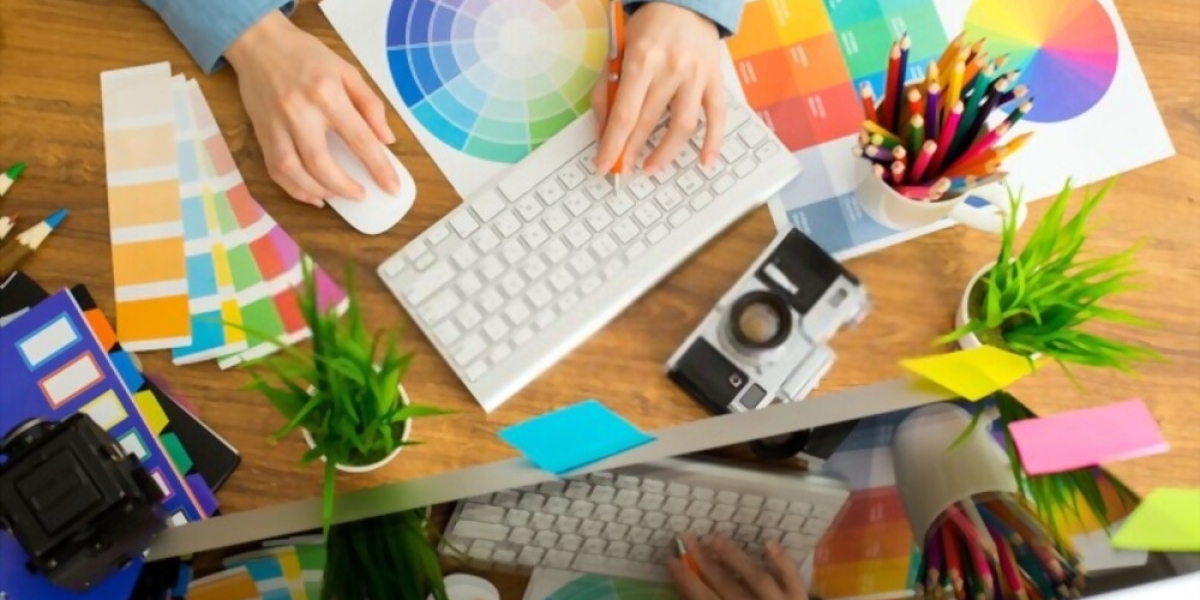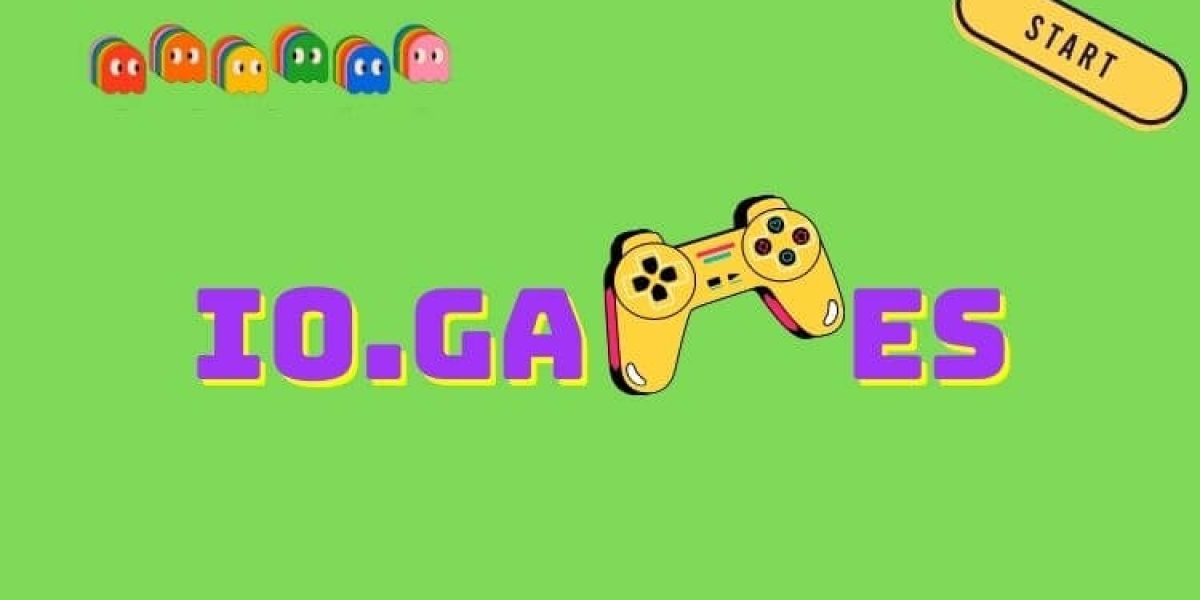Asking the right questions can help you assess a candidate's skills and creativity. Here are some of the most important questions to ask when hiring graphic designers.
Ask the candidate to walk you through a piece of work from their portfolio. This will give you an idea of their design style and aesthetic.
1. What is your design style?
Graphic Design relies on creativity and a set of skills. Asking candidates about their creative process and how they approach a project can help you understand their design style.
You can also ask about the tools and software they use to create their designs. This can give you an idea of what types of design projects they are comfortable working on and how familiar they are with different programs.
Great designers are able to take feedback from clients and colleagues and make adjustments as needed to meet the client’s needs. You can gauge this by asking them to describe a time when they had to work with a demanding client. Listen for how they handled the situation and how they were able to meet the client’s needs while still staying true to their own creative vision.
2. What is your design process?
Graphic Designers use a variety of software tools to create digital mock-ups, wireframes, and prototypes. They are also expected to keep up with the latest design trends and understand how these changes will affect their work.
A good answer will detail their process from start to finish, including research, ideation, and feedback. It should also include their preferred methods for overcoming creative blocks and finding inspiration.
You can expect this question from most interviewers and it’s a great way to gauge a candidate’s level of experience. It is also an opportunity to see how the candidate works with teams and clients. A good response will highlight the candidate’s ability to communicate with others and make decisions in a fast-paced environment. A strong candidate will be able to provide examples of how they have met tight deadlines in the past.
3. What is your design budget?
Designing quality work takes time and money, which is why it’s important to budget for it. Whether you have to hire professional graphic designers or another creative field, this question will help you understand how the candidate prioritizes their work.
The right answer will show the interviewer that you’re a careful planner. It will also indicate your understanding of the design process, including how much time it takes to create a new design or refresh an existing one. It’s also helpful to include things like licensing costs and logistics in the budget, even if they initially seem extraneous. This will ensure the final product is complete and accurate. The average established business puts 10 percent of its income toward marketing, and design should be included in that number. This will help increase brand recognition and growth.
4. What is your design timeline?
Quality candidates will be able to provide a detailed breakdown of their design process. This will help you understand how long it would take them to complete a project from start to finish. It will also give you a sense of how they prioritize tasks and handle stress.
They should be able to explain that they usually start by gathering research and understanding the project requirements. They will then use this information to create a solution. They will then make any necessary adjustments and send the final product to their client.
This question will allow you to gauge how eager the candidate is to learn new skills and keep up with industry trends. They should be able to provide examples of how they stay relevant in the field of graphic design by taking courses, attending workshops or conferences, or reading industry publications.
5. What is your design philosophy?
A good design philosophy reflects the values, beliefs, and goals of the designer. For example, some designers value functionality over aesthetics while others prefer minimalist designs or sustainable products. You can find out more about the candidate’s design philosophy by reviewing their portfolio or asking them about their inspiration.
You should also ask the candidate how they keep their skills up-to-date and how they respond to feedback from clients. This will help you gauge their ability to learn from past mistakes and adjust to changing client needs.
A well-prepared answer should include examples of how the designer has applied new techniques and strategies to improve the effectiveness of existing designs. For example, they may have created a redesign of a company’s logo or rethought how an existing product could be used in new ways. They should be able to explain how they have achieved these results through research and testing.
6. What is your design philosophy?
A design philosophy is a set of principles that guide how a designer approaches projects. It can be as simple or as complex as the designer wants it to be. For example, Apple's design philosophy focuses on simplicity, functionality, and elegance. This helps them create products that users love and use.
This question can help you gauge the candidate's ability to think creatively and solve problems independently. It also shows if they have a solid understanding of how a brand can stay consistent while creating fresh visual experiences. The interviewee might talk about techniques and strategies they use to inspire new designs or provide examples of how they refresh established brands in unique ways. They may also mention how they manage their time effectively to meet deadlines. These are critical skills for a Graphic Designer. They must be able to take feedback and change their designs based on user input.
7. What is your design process?
Graphic Designers use creative processes to channel their creativity into the designs they create. Interviewers want to know if the candidate has a creative process that helps them navigate roadblocks and produce quality work.
A good answer will highlight the candidate’s ability to take a comprehensive approach to design projects. This includes using user interviews, market research and data analysis to understand the business and customer needs. It also demonstrates that the candidate is open to feedback and iteration from colleagues and clients.
8. What is your design philosophy?
A candidate’s answer to this question will give you insight into their creative process. It will also help you understand whether they work well under pressure and can perform at high levels while meeting tight deadlines.
A great design philosophy is one that reflects the candidate’s values and beliefs. It should also highlight their approach to designing products and services that are user-friendly. For example, Steve Jobs’ design philosophy has made Apple products seem familiar and intuitive.
Candidates should also be able to explain how they handle revision requests from clients or team members. This is a critical skill for Graphic Designers, as they often have to make changes to their original designs due to feedback. A good candidate will be able to incorporate these revisions in a timely manner without sacrificing quality or aesthetic. They will also be able to discuss how they collaborate with colleagues on projects and how they ensure the final handoff process is smooth.
9. What is your design philosophy?
A design philosophy is a statement that articulates how a designer approaches a new project. It should describe their creative process and how they create unique visual experiences. It should also explain how they maintain consistency in their work and make decisions based on user feedback.
The candidate should be able to explain how they take criticism and use it to improve their work. This will show that they are a team player and can work in a collaborative environment. It will also indicate whether they have the ability to step outside of their comfort zone and try new techniques.
10. What is your design philosophy?
A strong design philosophy helps to set expectations for clients. It can help to avoid miscommunication and promote a positive working relationship.
It can also differentiate a designer in the marketplace. For example, a design philosophy that emphasizes simplicity will appeal to clients who value minimalism.
The interviewer wants to understand how the candidate approaches each project and what makes them unique. They should also share how they keep their skills up to date. Listen for examples such as taking online courses, attending workshops and conferences, reading design blogs or magazines, or following designers on social media.
A good Graphic Designer will be confident and comfortable answering this question. They will likely list their most valuable qualities and skills, and demonstrate how they can apply them to each new project. They will also be able to explain how they have successfully overcome challenges in the past.









